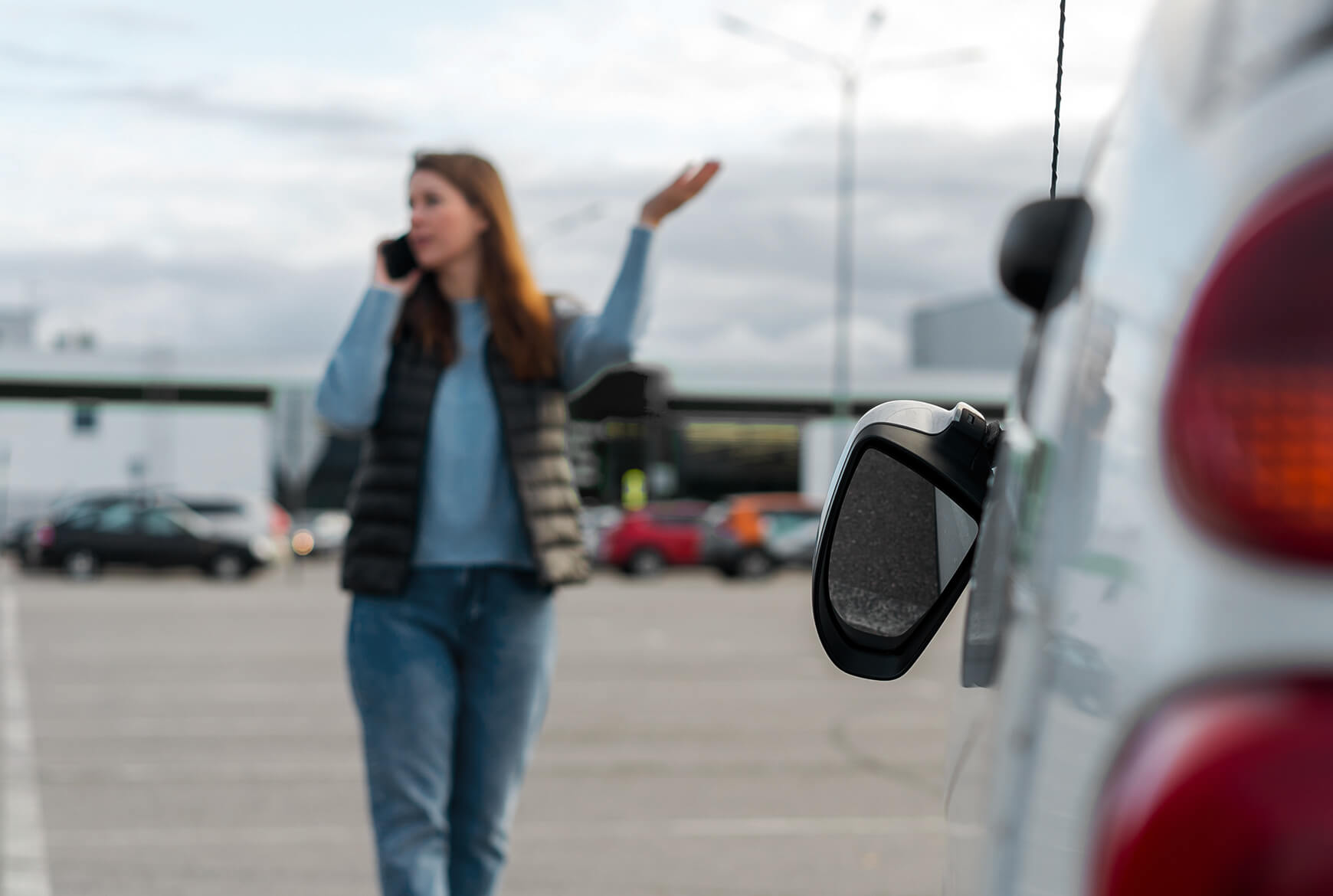The facts about hit-and-runs

According to Quebec’s ministère de la Sécurité publique, 59% of driving offences reported in Quebec in 2017 were hit-and-runs.
Steadily rising, hit-and-run cases increased by 7% between 2009 and 2017.
Here is some information on hit-and-runs to help you abide by the law or to know what to do if you’re the victim.
How does the law define a hit-and-run?
The Highway Safety Code requires you to remain at the scene of an accident, whether you are driving a car, ATV, snowmobile, boat or personal watercraft, etc.
Even if minor, the incident may involve:
- another vehicle
- a person
- an inanimate object (e.g. post, railing, etc.)
- an animal weighing over 25 kg
In addition to remaining at the scene, you must:
- help someone in need
- provide the police or the person involved in the accident with all requisite information
- call the police if a person is injured or if the collision involves an unoccupied vehicle or stationary object and the owner cannot be found
If you fail to comply with any of these obligations, it’s considered a hit-and-run.

What are the consequences of a hit and run?
You could be fined up to $2,000 if you leave the scene of an accident without providing assistance to a person in need.
On top of that, you can be penalized with nine demerit points added to your driving record. These demerit points on your record can also make it more expensive to renew your driver’s licence every year.
The maximum number of demerit points for the suspension of a driver’s licence varies according to the type of licence.
Can a hit-and-run be considered a criminal offence?
That's a yes.
The proof is that you face the following consequences if found guilty:
- criminal record
- revoked driver's licence
- prison sentence
It’s best to consult a lawyer before you talk to the police.
What information do you have to provide in the event of an accident?
To avoid being accused of a hit-and-run, you must provide the police or the person involved in the accident with the following information:
- Your name
- Your address
- Your driver's licence number
- The name and address of the registered vehicle owner, as shown on the vehicle’s registration certificate (if different from your own)
- The vehicle licence plate number
- The name of your insurer
What if there is nobody else on the scene of the accident?
Parking lot fender-bender?
Call 911 immediately if the owner of the other car isn't around. Provide the police with the required information and details of the accident.
Watch out!
Don’t leave your contact details on a scrap of paper tucked under the windshield wiper of the vehicle you hit. This measure is not sufficient in the eyes of the law.
Legal Access Insurance
The advice of a legal professional is invaluable. Legal Access Insurance is there to help you see things more clearly.
What if you’re the victim of a hit-and-run?
- If you see the vehicle at fault, try to make a note of the licence plate number.
- Call the police and file a report.
- Contact your car insurance company and give them the police report number.
- Your insurer will start the claim process and let you know what you need to do next.
Is a hit-and-run covered by auto insurance?
Yes, a hit-and-run is covered if you have Collision and Upset Coverage (protection 2 in Section B) on your auto insurance policy.
If your car insurance doesn't cover the hit-and-run, you can claim for compensation with the Société de l'assurance automobile du Québec (SAAQ).
